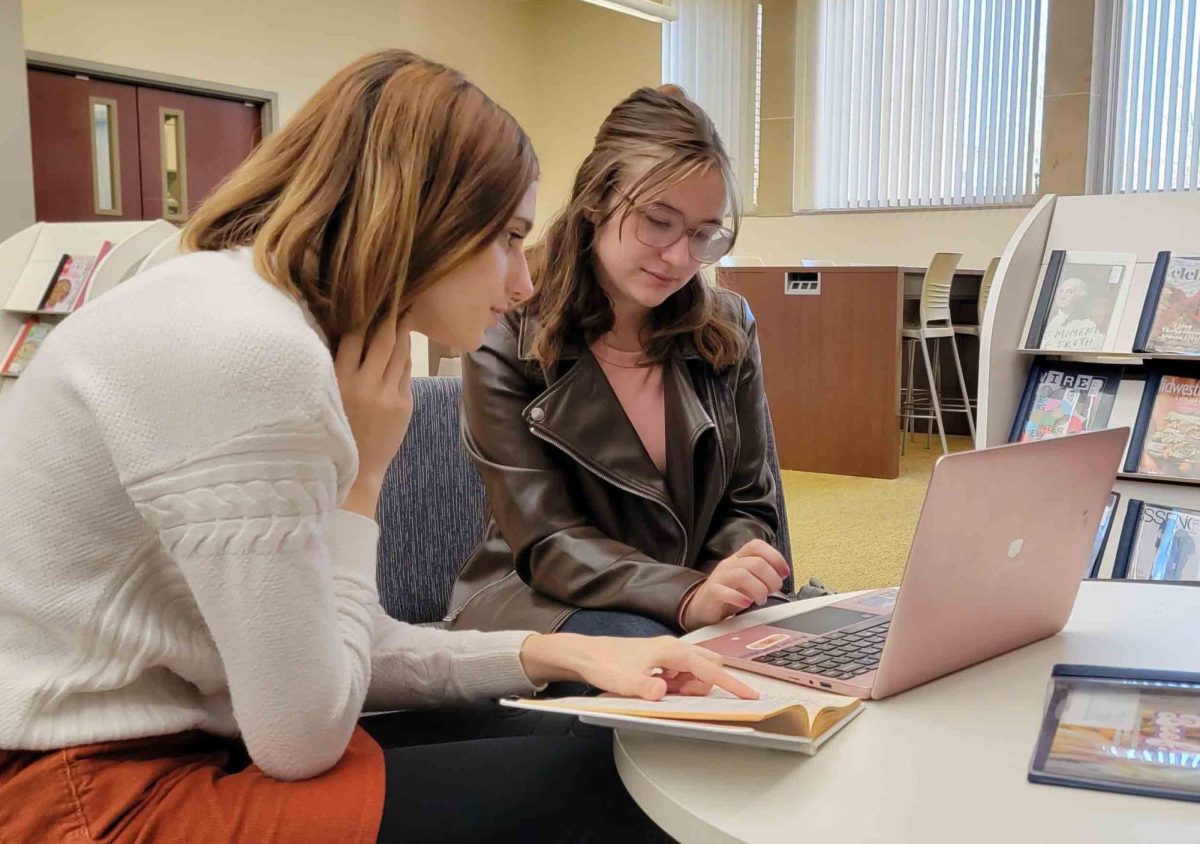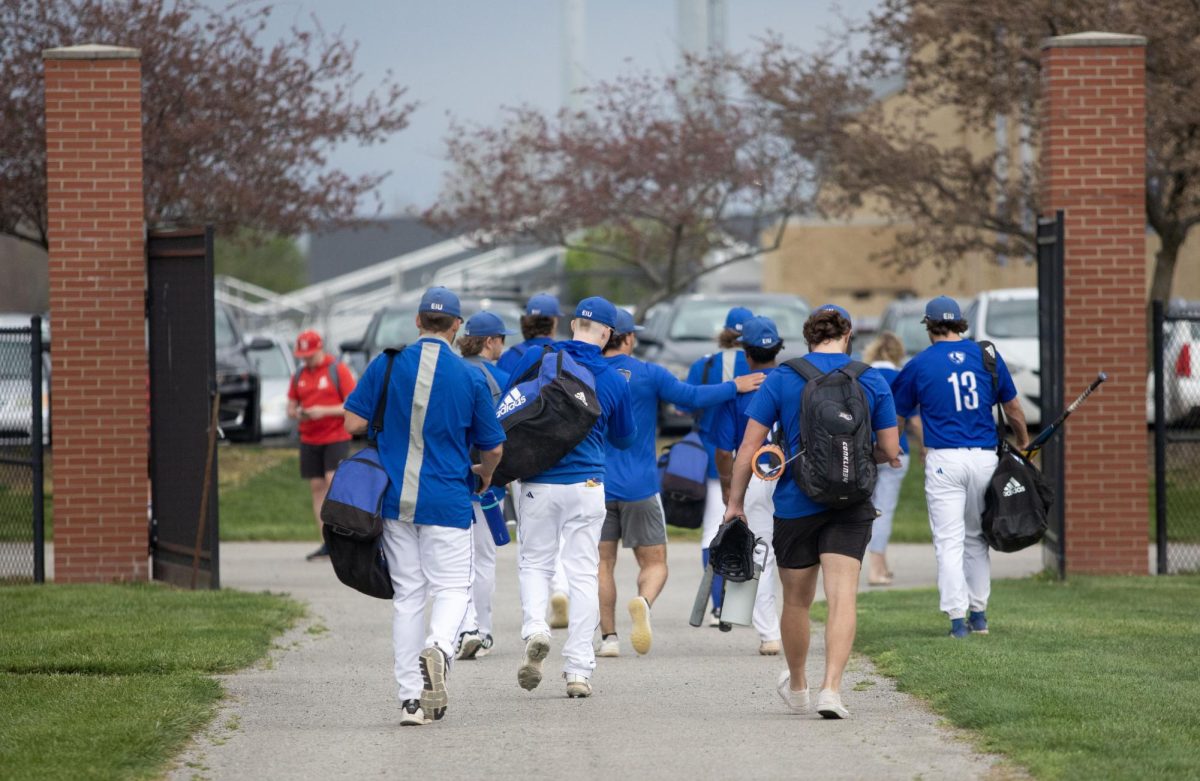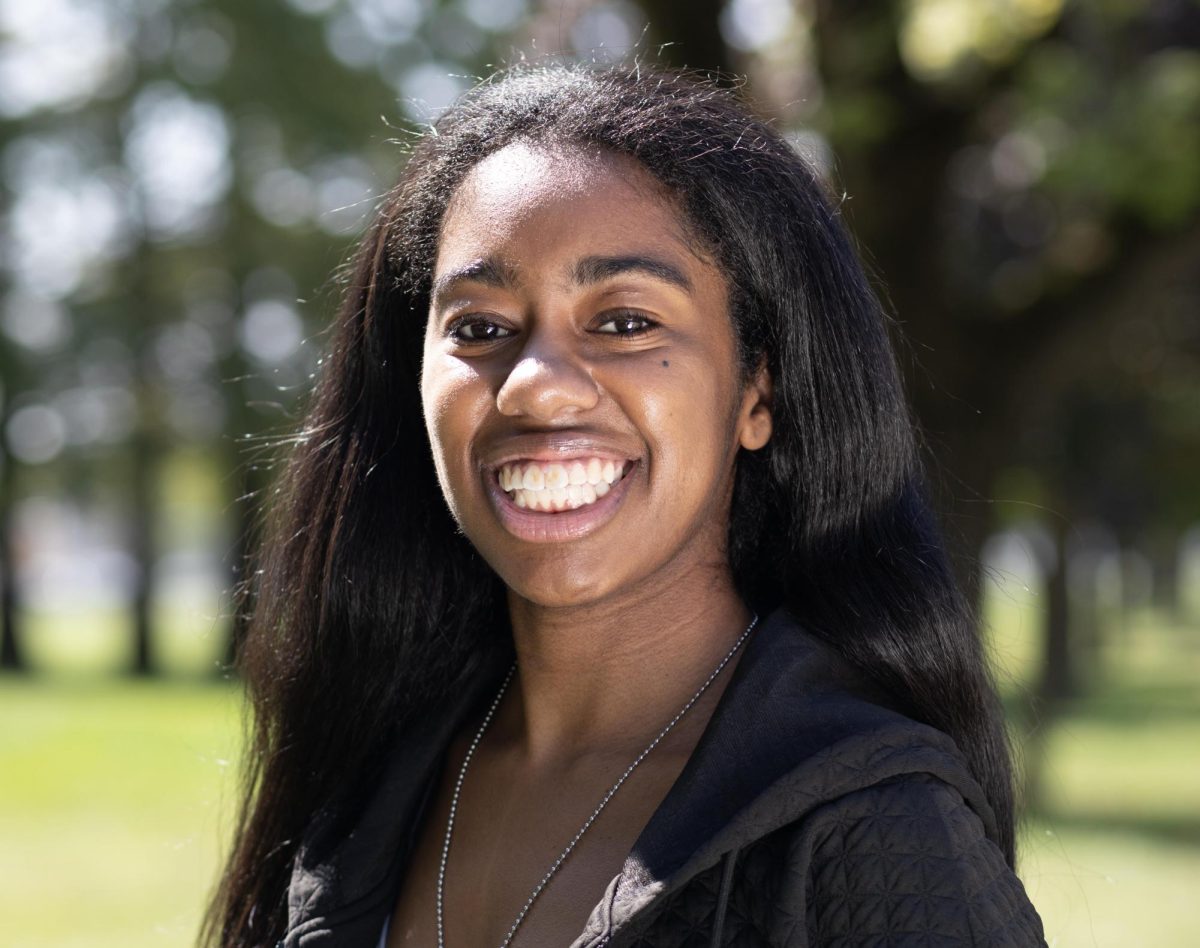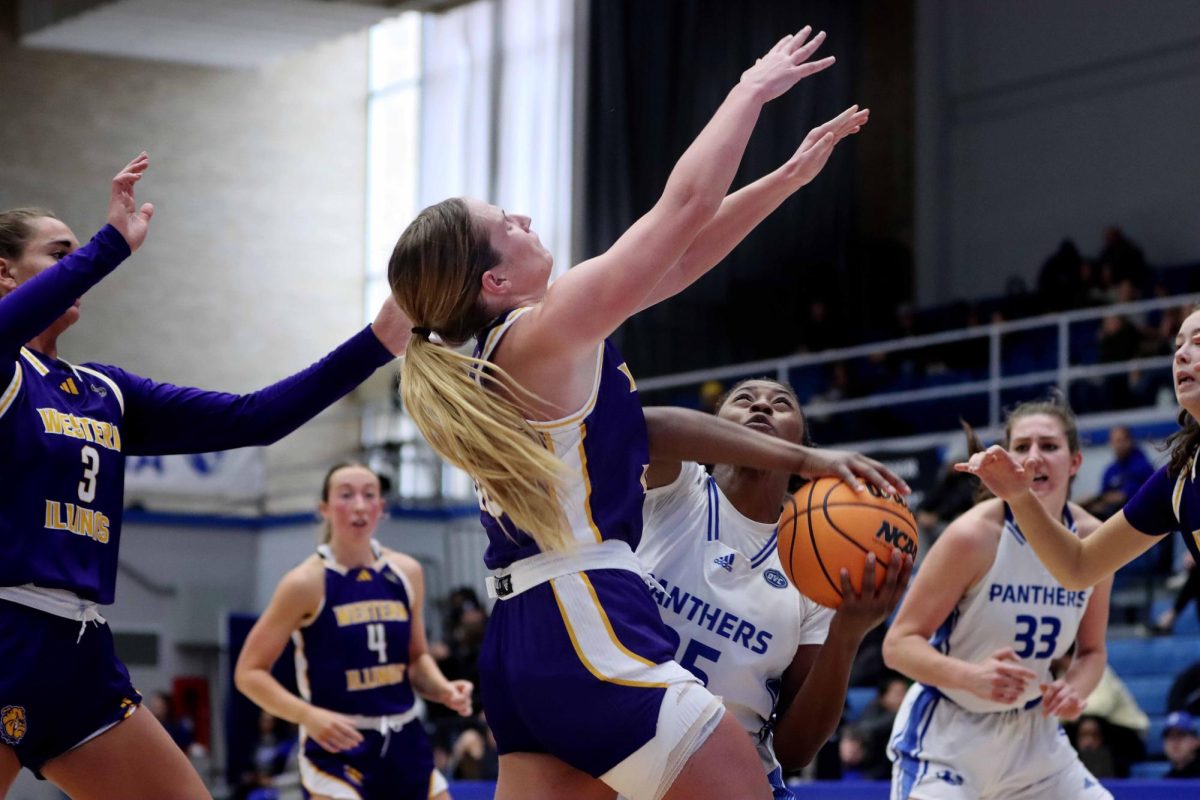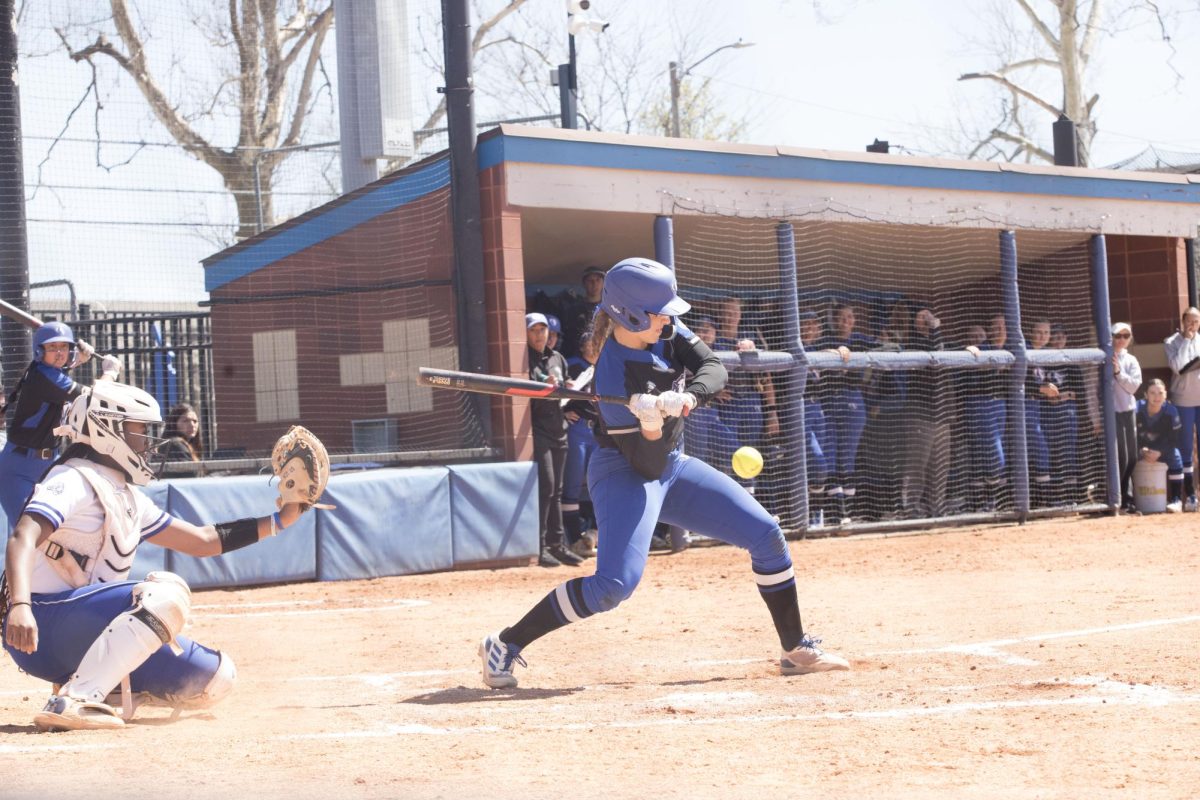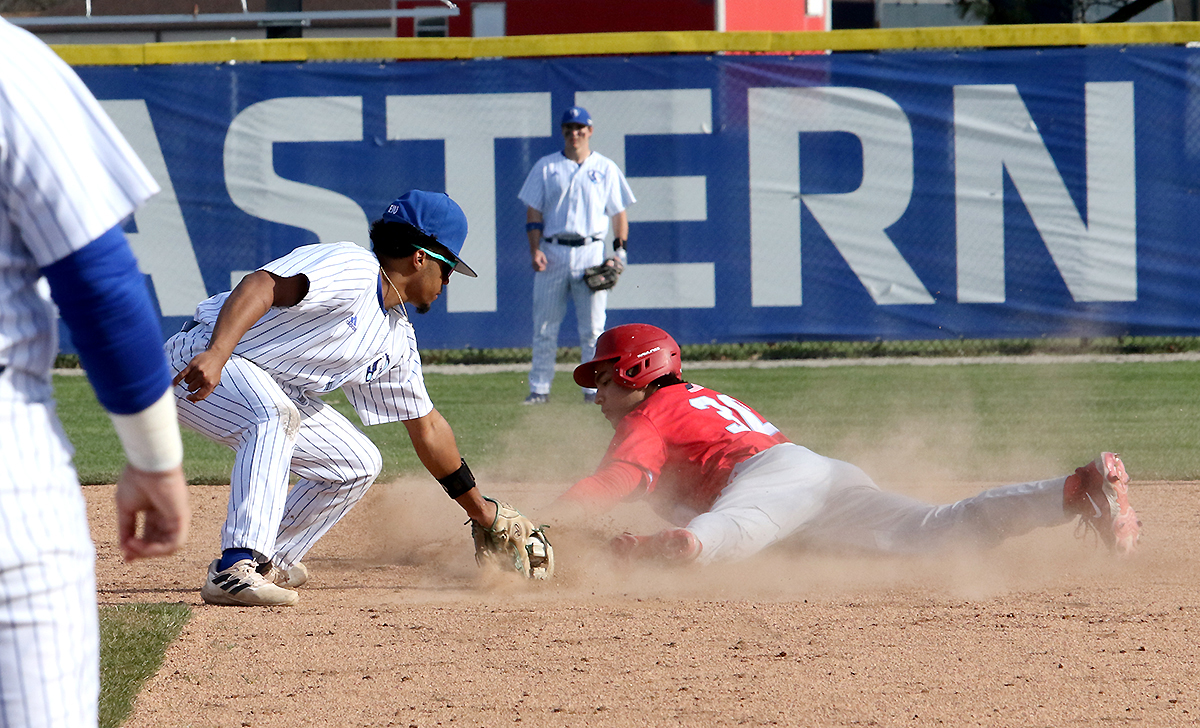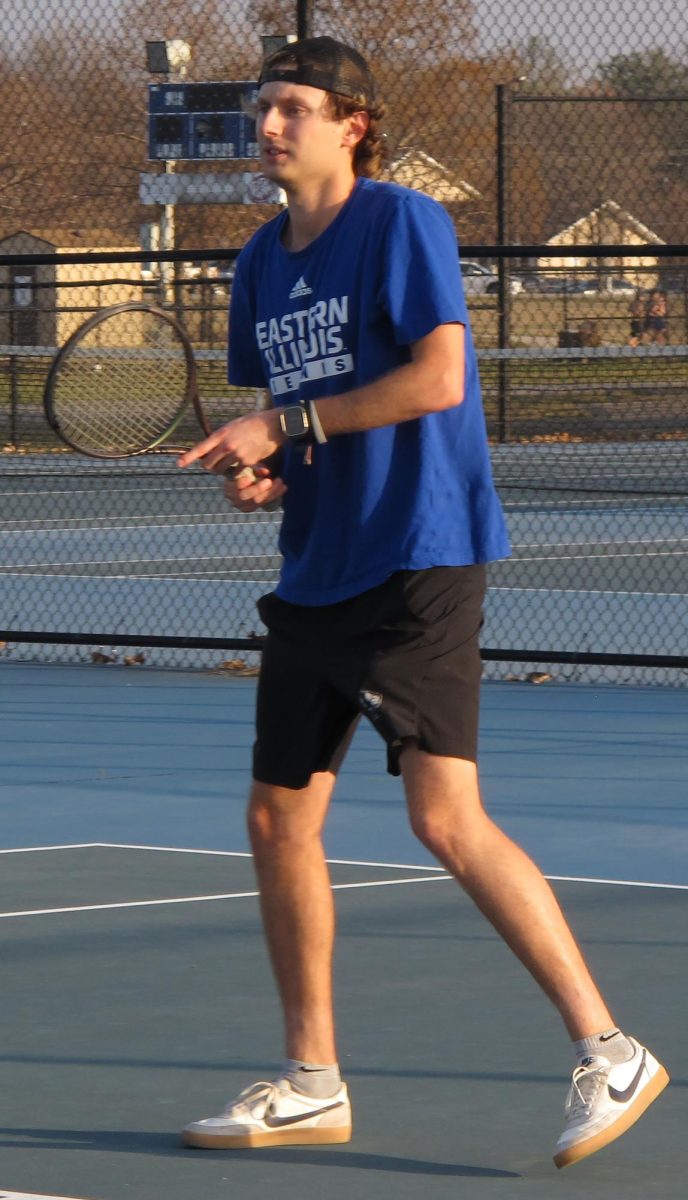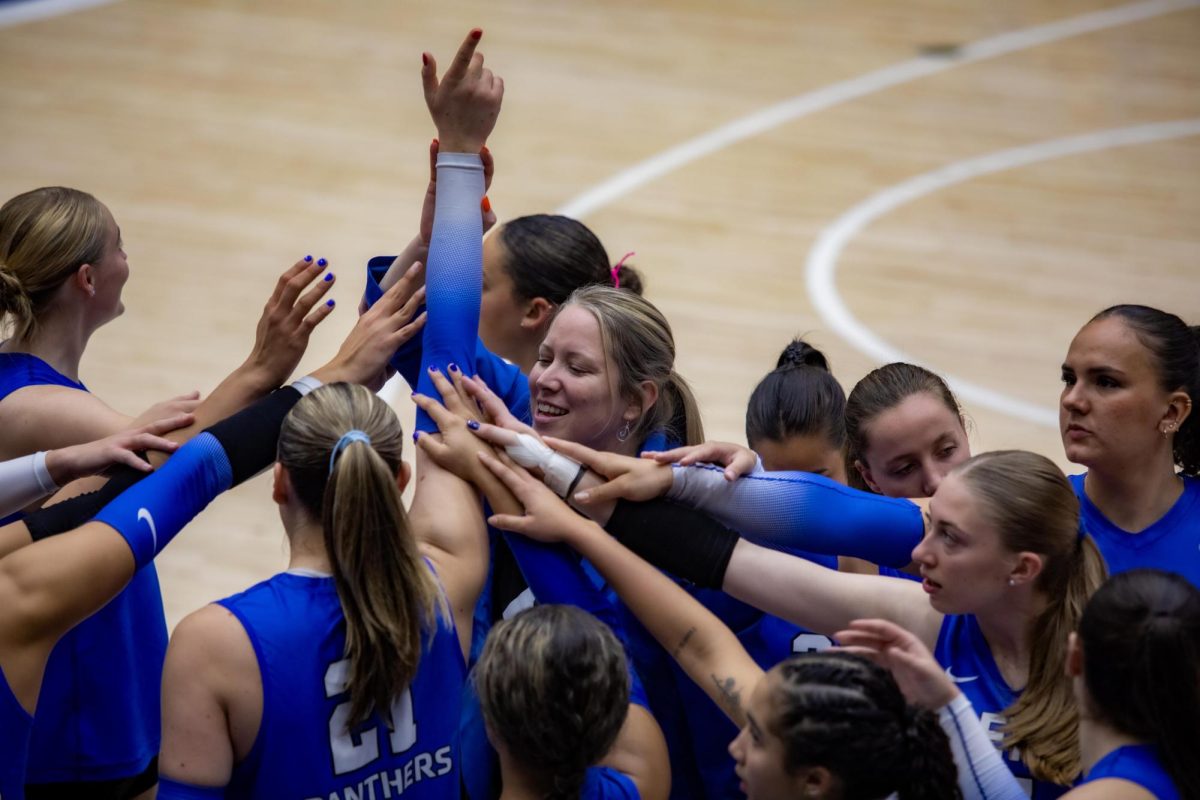Panther police prowl on two wheels
With the arrival of spring, the University Police Department is breaking out its bicycles to keep the campus community safe.
The UPD formed the bicycle patrol in 1995 to focus on three issues: accessing areas that are not easily reached by car, creating more approachable officers and using the visibility to deter crime and enhance access to officers.
“The bike patrol is another tool that can be used by the university to help patrol and respond to certain calls of service,” said Ryan Risinger, crime prevention officer for the UPD.
The special patrol provides a niche that vehicle and foot patrols leave open.
“Bike patrol officers are assigned specifically to areas where there are greater concentrations of citizens on foot,” Risinger said. “This puts them closer to the public and allows them to listen to citizen concerns and act directly on those concerns.”
He said the bike patrol allows officers to understand the needs of the community rather than just responding to calls.
The police officers are not the only ones involved in the bicycle patrol.
Dan Nadler, vice president for student affairs, has been participating in the bicycle patrols for nearly five years, doing a ride-along once a semester.
“I find the bike patrol to be an easy, efficient and effective way in which to help patrol our campus,” Nadler said.
Campuses around the country employ similar patrols, including the University of Illinois at Urbana-Champaign.
“It is an invaluable part of (the) patrol division and we use it as much as we can,” said Lieutenant Skip Frost, patrol division commander of the University of Illinois Police Department. “It is ideal for any police department, especially a campus department.”
The patrol bicycles are not ordinary street cruisers or even fast road bikes; they are specialized mountain bikes.
They are made of lightweight aluminum, employ disk brakes and are faster than normal mountain bikes, which means officers need to be trained to use them properly.
“With any tool that an officer uses, it is important that they learn how to safely use the equipment,” Risinger said.
While training can take up to 32 hours, two of the eight officers trained to use the bicycles are certified to train other police officers on how to patrol with them, saving time and money.
This allows the department to efficiently and inexpensively maintain the bike patrol, even though six new bicycles were purchased this summer.
Risinger said the bikes allow for the quads, Campus Pond, practice field and other pedestrian areas to be better served.
“The good thing about the bike patrol is we can go anywhere,” Frost said. “They are much more mobile; you can get into any nook or cranny or back alley on campus.”
The bicycle patrol’s ability to make an officer more accessible may be the biggest advantage. The officers are on the same level as citizens, allowing them to interact without the squad car getting in the way.
“People are much more willing to approach an officer on a bike,” Frost said. “This interaction similar to a walking patrol is a huge plus.”
In the eyes of the administration, bike patrols are visible signs of safety.
“In the past five years, I believe more people are aware of the bike patrol and the importance it plays in assisting with our campus safety initiatives,” Nadler said.
James Roedl can be reached at 581-7942 or jmroedl@eiu.edu.

